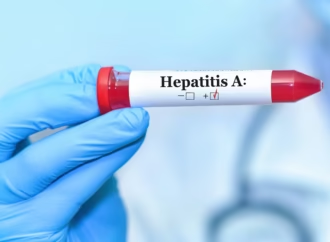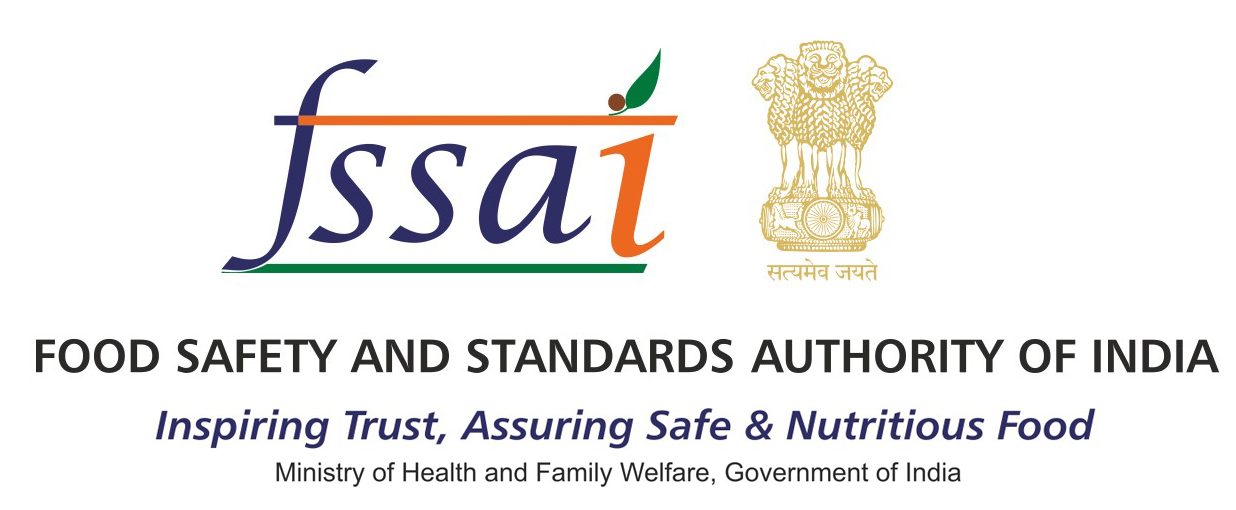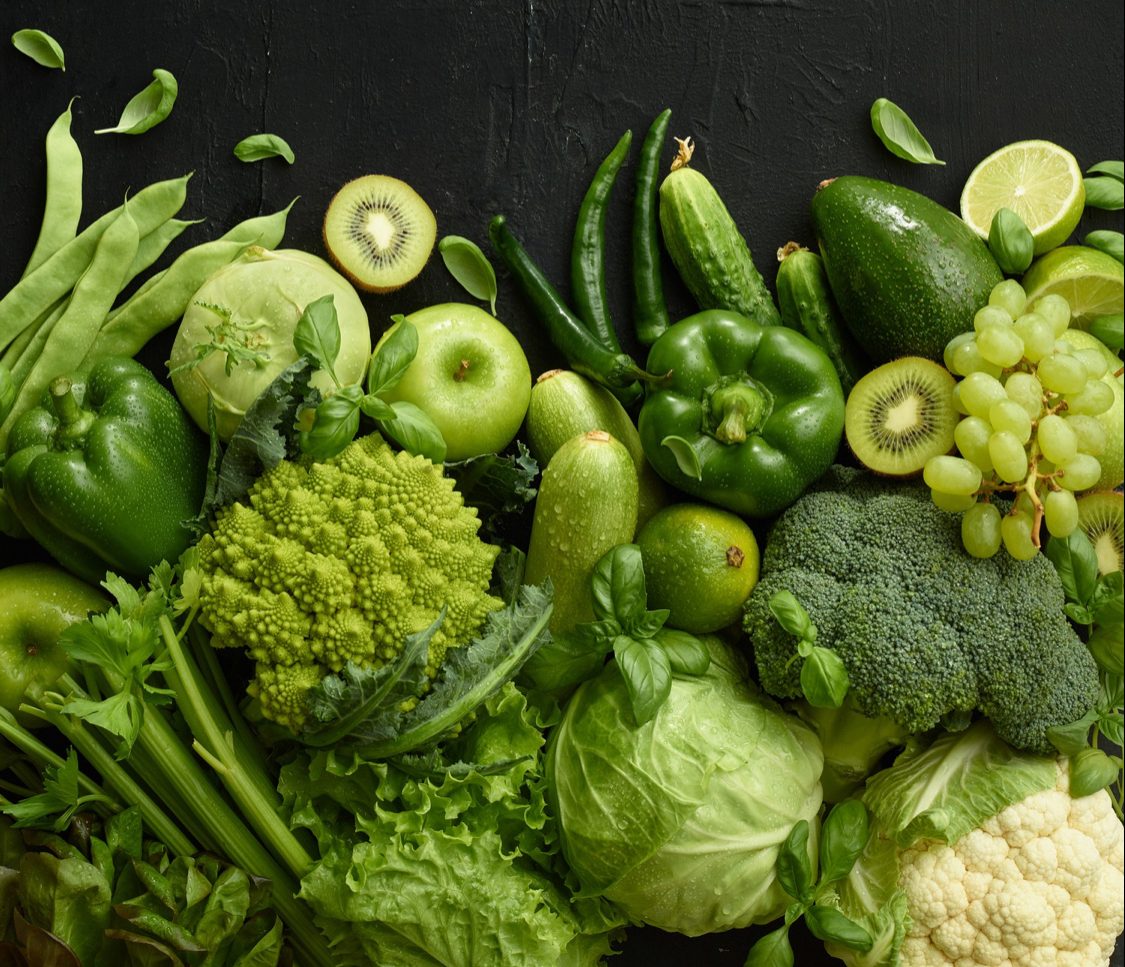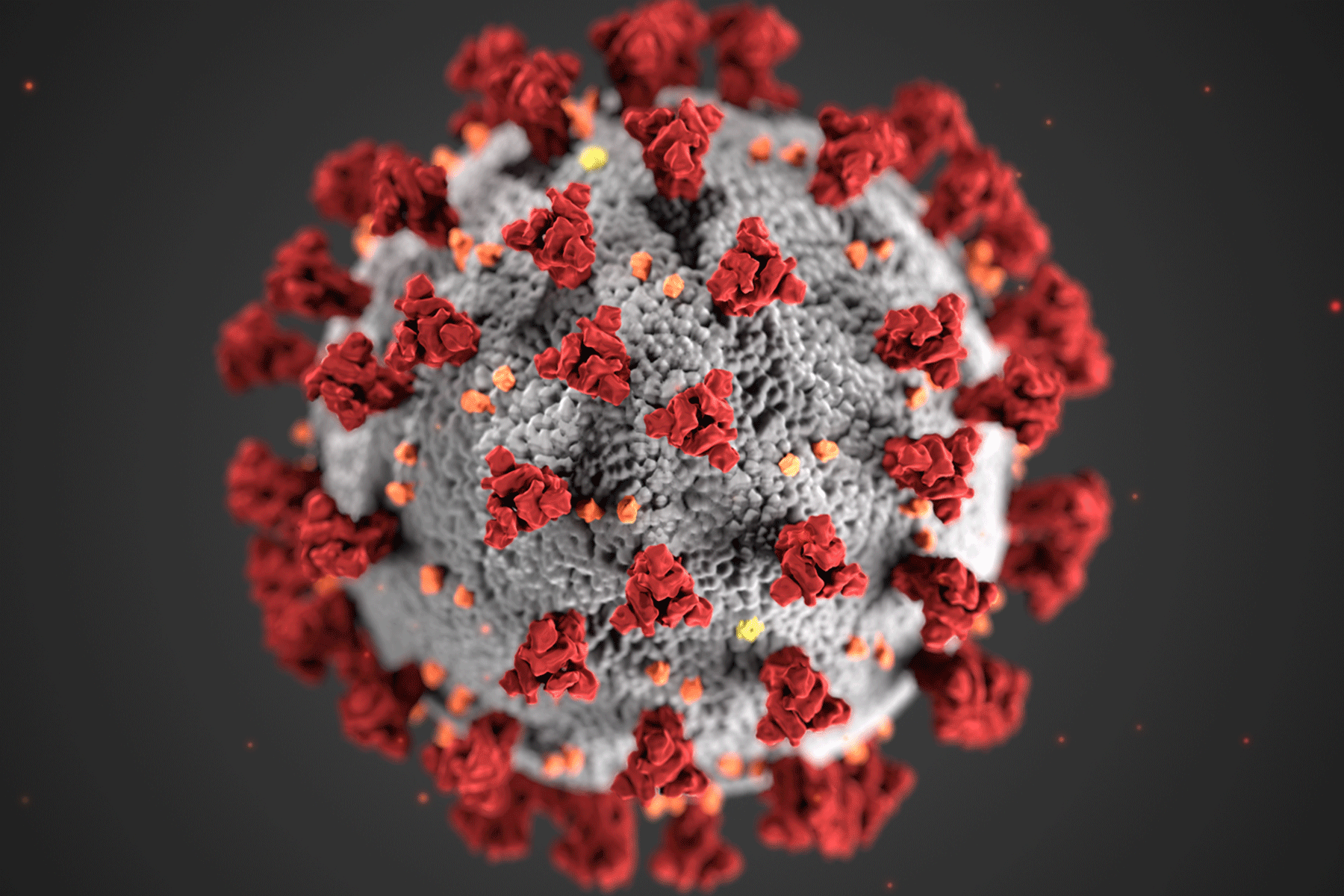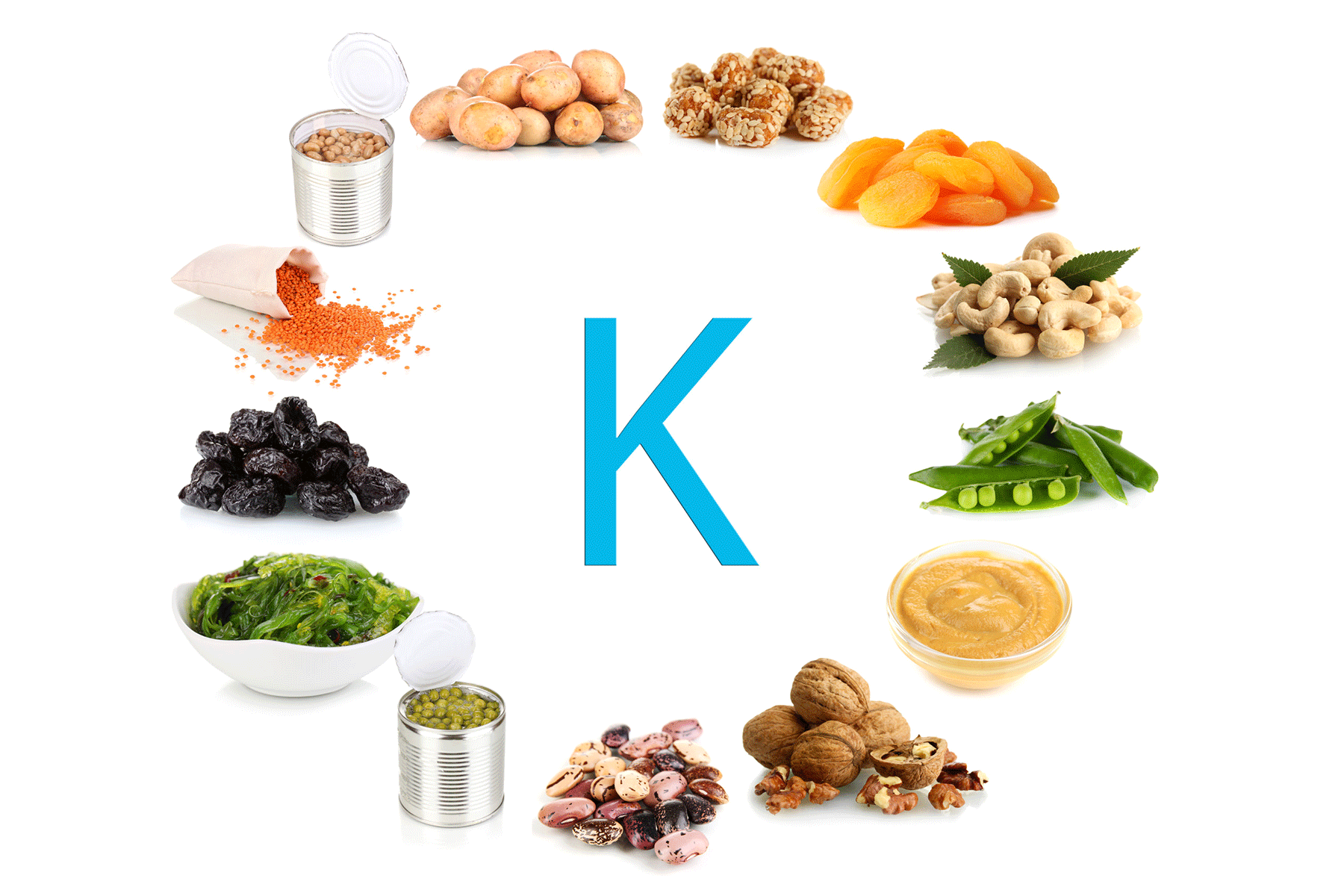Key Update
Researchers at Iowa State University’s Polymer and Food Protection Consortium in the United States created a resource to help the food packaging industry reduce risks from harmful chemicals in Food Contact Materials (FCMs). The Institute for the Advancement of Food and Nutrition Sciences (IAFNS) supported the study, which offers practical guidance for manufacturers and regulatory bodies.
Mapping Global Regulations and Risky Substances
The research team analysed international chemical regulations, regulatory thresholds, and Restricted Substances Lists (RSLs) and compiled them into a single reference for the industry. They identified commonly flagged chemicals by studying how global authorities regulate various substances. Their work equips packaging stakeholders with the knowledge to recognise risky substances and take steps to manage or avoid them.
Common FCMs and Hazardous Components
The study looked at a range of FCMs, such as multilayer plastic and paper packaging, can coatings, single-layer wraps, utensils, and food preparation surfaces. These materials often contain multiple functional components like adhesives, pigments, sealants, and antioxidants, which can release harmful substances over time. Researchers focused on chemicals including phthalates, bisphenols, PFAS (per- and polyfluoroalkyl substances), flame retardants, and heavy metals. These substances may enter the food or environment during production, use, or disposal, posing risks to human health and ecological systems.
A Practical Tool for Safer Packaging
By organising scattered regulatory data into one accessible framework, the study helps manufacturers, converters, and decision-makers evaluate chemical risks more effectively. It also supports the development or improvement of RSLs and encourages the adoption of safer, more sustainable alternatives in packaging. The full study is published in the International Journal of Food Science and Technology.
Source: Food Safety Magazine
 Food Manifest
Food Manifest 





